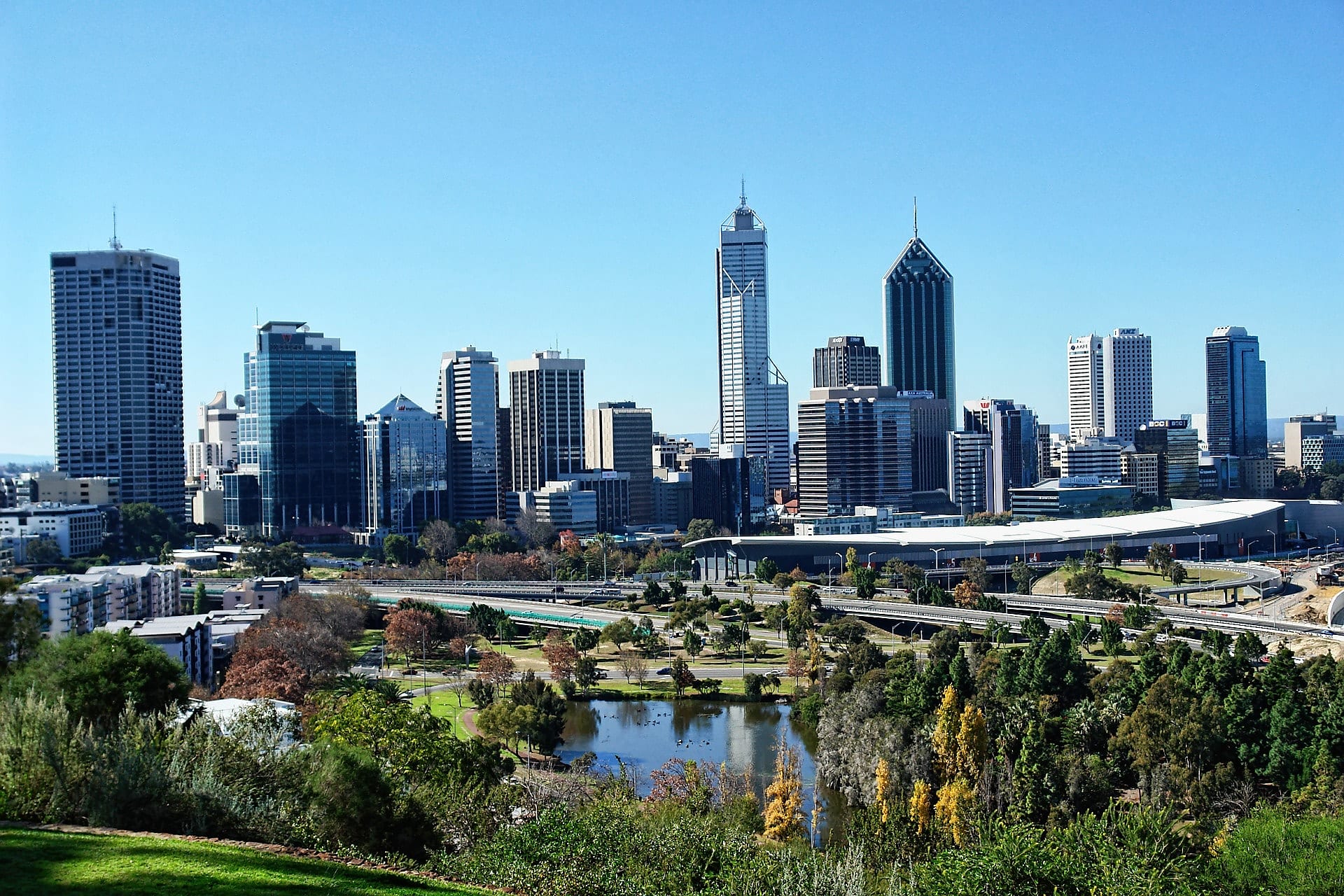Is Perth on the brink of an apartment shortage?
Perth is facing an “imminent” shortage of apartment supply that could intensify the pressure on its property and rental markets, a local buyer’s agent has warned.

Peter Gavalas, a Perth-based buyer’s agent from Resolve Property, said Perth’s apartment prices are currently below their replacement value, thanks to the rise in construction costs and the decrease in buyer demand for units.
He explained that while the latest CoreLogic data showed that Perth’s property market is “one of the strongest in the country” with a 1.9 per cent year-on-year gain in March, a closer look at the data shows a demand gap between the housing and unit sectors.
“[House] values increased by 2.1 per cent year-on-year compared to 0.2 per cent for units, reflecting higher buyer demand for houses,” he said.
In March, Perth’s median house price was $593,000, which is comparatively affordable in relation to the median price of $851,000 across the combined capitals.
Mr Gavalas explained that this affordability has resulted in many buyers preferring to purchase a house rather than a unit, which is driving stronger price growth.
“As a result, house values are keeping pace with soaring construction costs,” he stated.
On the other hand, he noted the cost of constructing new units is rising at a faster rate than their replacement value.
“This mismatch between construction costs and market value means some apartments are currently undervalued, creating an opportunity for savvy investors,” Mr Gavalas said.
The local buyer’s agent highlighted that this trend of apartments being undervalued is occurring alongside a decrease in the number of property developments being initiated, as higher costs are causing some new projects to be infeasible, which will inevitably lead to fewer new apartments coming on the market in the near future.
“[With] construction costs increasing far quicker than market value, fewer new apartment developments are being launched as developers are finding it more challenging to make the numbers work.”
He cited the latest Australian Bureau of Statistics data, which showed 2,415 private sector dwellings excluding house approvals were issued in the 12 months to February 2023, figures that were 18.5 per cent lower than the previous year and 20.8 per cent lower than the 12 months to February 2020, pre-pandemic.
When new development projects are completed, he forecasts that their sales prices will have to reflect the higher construction costs, adding to the price pressures “across the board”.
Furthermore, Mr. Gavalas cautioned that the shortfall in new apartment constructions would exacerbate the housing supply crisis in Perth, adding more strain on prices and rents.
To support his observation that “there isn’t enough housing in the city as it is”, he cited Domain’s latest data showing Perth’s rental vacancy rate stood at an extreme low of 0.3 per cent in February.
Record-low vacancy rates are also causing increased pocket pain for renters, with the scarcity of available properties driving up rental prices by an annual rate of 12.8 per cent in March, according to data from CoreLogic.
While conditions are not boding well for the future of Perth’s property market, Mr Gavalas warned that the situation is “unlikely to improve anytime soon”, with the National Housing Finance and Investment Corporation’s recently released State of the Nation’s Housing Report 2022–23 predicting that Perth is set to grapple with a shortage of 25,000 homes by 2026 — the worst shortfall across the country.
